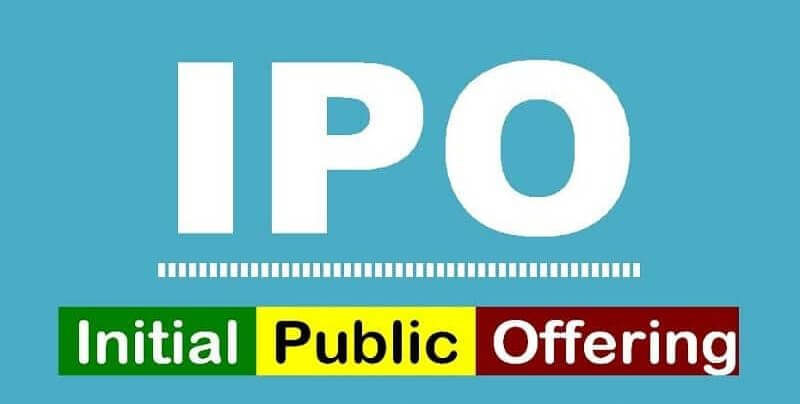Meaning
An Initial Public Offering (IPO) is when a private firm issues shares to public for the first time. In other words, it is when a company decides to go ‘public’.
During an IPO, a privately held company makes it possible for public investors to purchase its shares and become a part of the company’s offering.
Before the IPO, a company has very small number of shareholders. This includes the founders, friends and families, and business investors (such as angel investors and venture capitalists). But during an IPO, a company opens its shares for sale to the public. As an investor, you can buy shares directly from the company and become its shareholder.
Reasons Why a Company Go Through an IPO
IPO is the big steps for companies who want to raise capital. The revenue generated from IPO can be used to buy additional equipment and properties, research and development (R&D), to expand the business, or pay off existing debts. Awareness is also created through IPO, which generates a wave of new potential customers.
What is the procedure of IPO?
In order to go public, a company has to go through various steps –
1. Selecting an Investment Bank
The first step is to select an investment as an underwriter. Investment bank will help the company establish various details such as –
- How much money company wishes to raise
- The type of securities they are offering
- The price of each share
Companies can hire multiple investment bank for issuing a large IPO.
2. Creating a Red Herring Prospectus
The next step is to create a ‘Red Herring Prospectus’. This is usually done by underwriters. This prospectus incudes a layout of the company such as financial records, future plans of the company, potential risk in the market and expected price range for it shares. Nowadays, underwriters also go on road shows with this herring prospectus in order to attract potential institutional investors.
3. Approval from SEBI
This Red Herring Prospectus is presented to SEBI (Securities and Exchange Board of India). If SEBI approves this prospectus, it green-lights the IPO process to go further. But in case if SEBI don’t approve the prospectus, Investment bankers have to change the prospectus before going to public.
4. Stock Exchange Approval
After SEBI approval, the company needs to be approved by the Stock Exchange to get in the listing. For instance, the Bombay Stock Exchange (BSE) has a listing department whose handles the approval/disapproval process for companies’ shares.
5. Subscription of Shares
Once all the formalities is completed, the company makes the share available to the public. This is done on the dates mentioned in prospectus. Investors who wish to apply for shares has to submit an IPO application form. This can also be done online via trading websites or mobile application.
6. Listing of Shares
The shares are allotted to selected investors which is completely based on algorithm. IPO is like a lottery system. Not every investor get benefit from it. In such cases, these investors get a refund of their money in their bank account.
Reference
- https://www.investopedia.com
- https://groww.in/
- https://www.angelbroking.com
- https://economictimes.indiatimes.com
- https://www.edelweiss.in
- https://www.business-standard.com
- https://www.kotaksecurities.com
- https://www.goodreturns.in
- https://upstox.com
- https://www.thebalance.com




